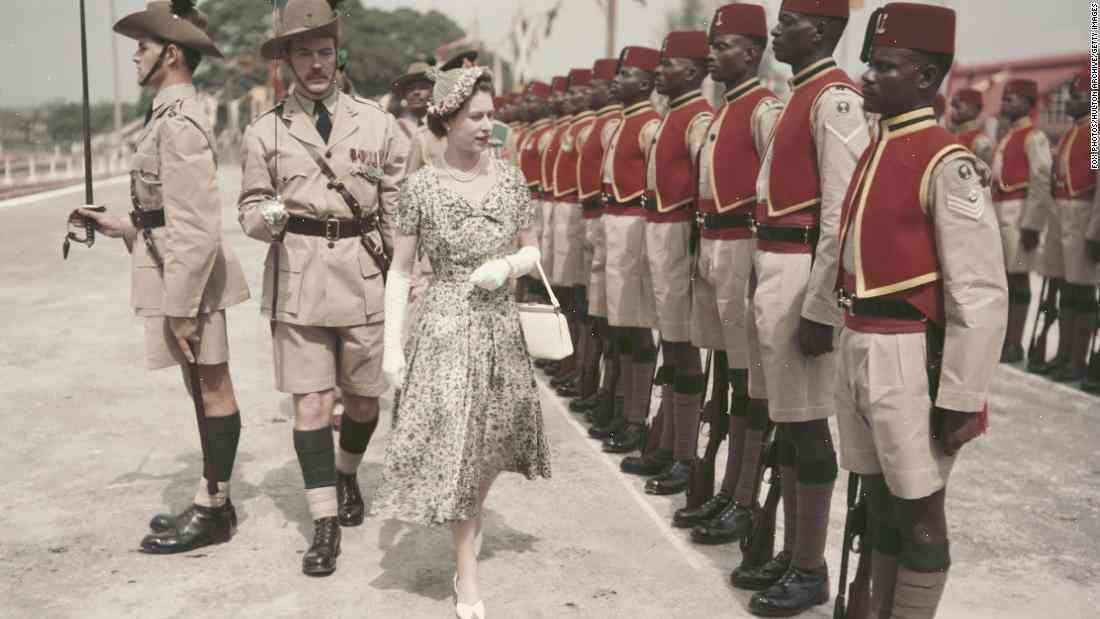Cloud of colonialism hangs over Queen Elizabeth’s legacy in Africa: a legacy that continues to drag her into an embarrassing chapter in history; a legacy that has served as a catalyst for growing hostility towards the queen from Africans and many Africans abroad, including many in Britain. The history of the queen’s involvement in Africa was largely one of colonial expediency. A queen who was not interested in Africa became the queen of Africa, after all.
In 1837, a month after her marriage to Prince Albert, when their daughter Alexandra was born, they travelled up to the Cape of Good Hope, ostensibly to “reform the Cape Corps.” It appears to have been a rather more elaborate mission, for the queen’s entourage included not only the commander of the Cape’s 1,700-strong military force, Sir George Barlow, but also a group of her favourite and most influential associates, among them: the Marquis of Hastings, “King of Siam,” Baron Rother, Lord Rokeby, and Count de Vere.
In fact, their mission was to seek the release of two British sailors who had been seized in the Cape. A few months earlier, their ship, the “Empire,” had arrived in the region, having been captured after being attacked by a French warship. The British government had sent a contingent consisting of the marquis, baron, baroness, and baroness. Among their group were Lord Manton, later Baron Manton, a member of the Privy Council, and General William Robinson.
Although the ship had been captured, the marquis and his associates seemed to have had a premonition of what was to come when the ship sailed into the Indian Ocean. They had their suspicions aroused even before seeing the ship. “At daylight,” the marquis wrote to his daughter, “I saw a sail in the offing, at some distance from the coast, which we followed, and discovered to be a French ship, of the line.”
One of

